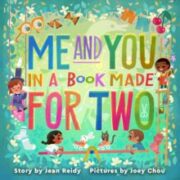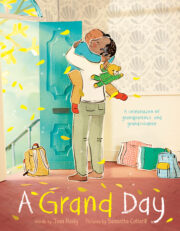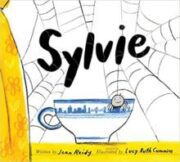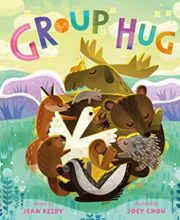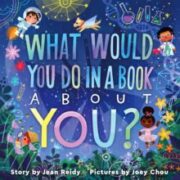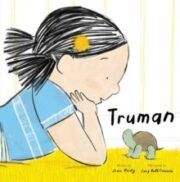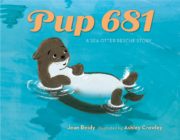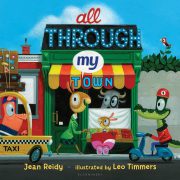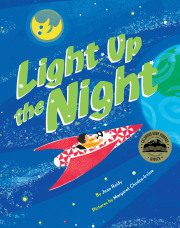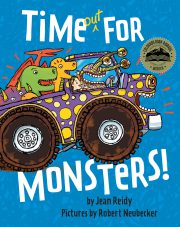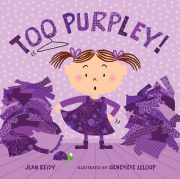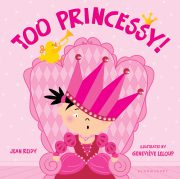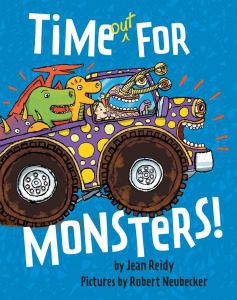 One of the greatest pleasures of my school Skype visits is meeting amazing teachers. Susie Gruben, a first Grade teacher at Strawberry Park Elementary School in Steamboat Springs, Colorado, is one such teacher. Take a look at how she used one simple picture book to touch on 8 – you heard me, 8! – academic standards. Oh, and by the way, she infused gobs of fun too! Thank you, Susie for sharing with us here!
One of the greatest pleasures of my school Skype visits is meeting amazing teachers. Susie Gruben, a first Grade teacher at Strawberry Park Elementary School in Steamboat Springs, Colorado, is one such teacher. Take a look at how she used one simple picture book to touch on 8 – you heard me, 8! – academic standards. Oh, and by the way, she infused gobs of fun too! Thank you, Susie for sharing with us here!
Guest Post by Susie Gruben
My first grade class read TIME OUT FOR MONSTERS prior to Skyping with author, Jean Reidy. In the book, the boy gets sent to a “time-out” corner for his misbehavior. In that corner, he creates a place he wants to be.
After reading TIME OUT FOR MONSTERS, my class made a collaborative corner out of an appliance box. Each child dreamed of something they wanted to have in the corner and added it to the walls. As a class, we decided on the wall colors and painted them before gluing their images to the walls. For finishing touches, we added a comfortable pillow and some books.
The students decided that instead of having it be a “time-out corner” that they rather have it be a “time-in corner” to use when they needed some “snuggle, comfy” time. It’s a place the students want to be! Here’s how it turned out: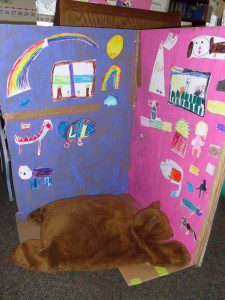
In addition, the students created their own triorama time-out corners. We constructed the trioramas out of stock paper, and then they decorated them to their liking. They also described their corners in a personal description. Here is an example of one triorama: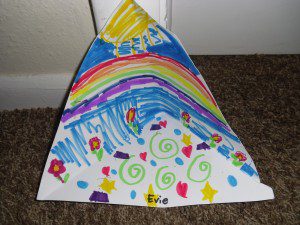
When we Skyped with Jean, she read the story to us again, and she shared some secrets about the book and how it was created. Then we were able to share our creations with her, and tell her our interpretations of the book.
These activities fulfilled the following first grade Common Core Reading, Writing and Communicating learning standards:
- Add drawings or other visual displays to descriptions when appropriate to clarify ideas, thoughts, and feelings. (CCSS: SL.1.)
- Participate in collaborative conversations with diverse partners about grade 1 topics and texts with peers and adults in small and larger groups. (CCSS: SL.1.1)
- Follow agreed-upon rules for discussions (e.g., listening to others with care, speaking one at a time about the topics and texts under discussion). (CCSS: SL.1.1a)
- Build on others’ talk in conversations by responding to the comments of others through multiple exchanges. (CCSS: SL.1.1b)
- Ask questions to clear up any confusion about the topics and texts under discussion. (CCSS: SL.1.1c)
- Ask and answer questions about key details in a text read aloud or information presented orally or through other media. (CCSS: SL.1.2)
- Ask and answer questions about what a speaker says in order to gather additional information or clarify something that is not understood. (CCSS: SL.1.3)
- Write informative/explanatory texts in which they name a topic, supply some facts about the topic, and provide some sense of closure. (CCSS: W.1.2)
For more ideas on using my picture books in the classroom see:
Tuesdays for Teachers: https://jeanreidy.com/category/tuesdays-for-teachers/ and
Time Out for Teachers: https://jeanreidy.com/schoolslibraries/time-out-for-teachers/
Interested in a virtual visit?
Check out my Time Out for Teachers page!



